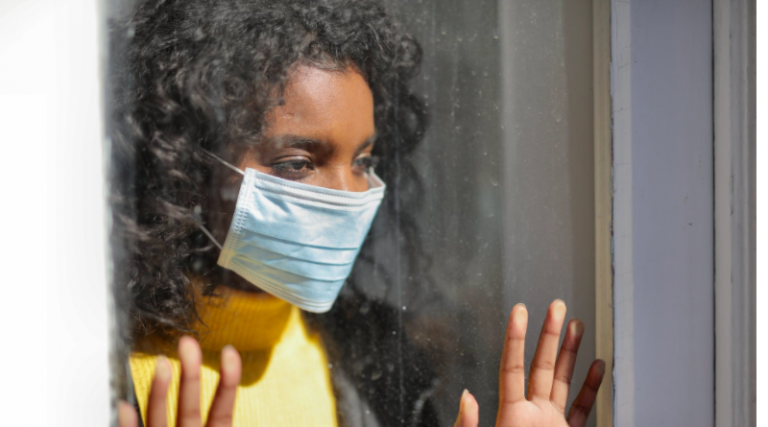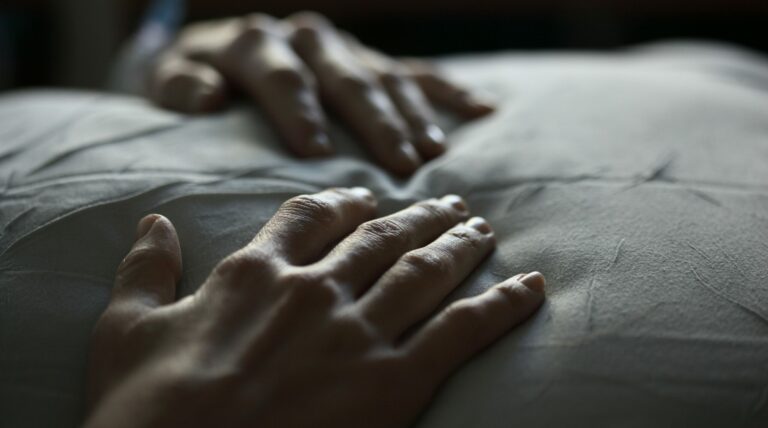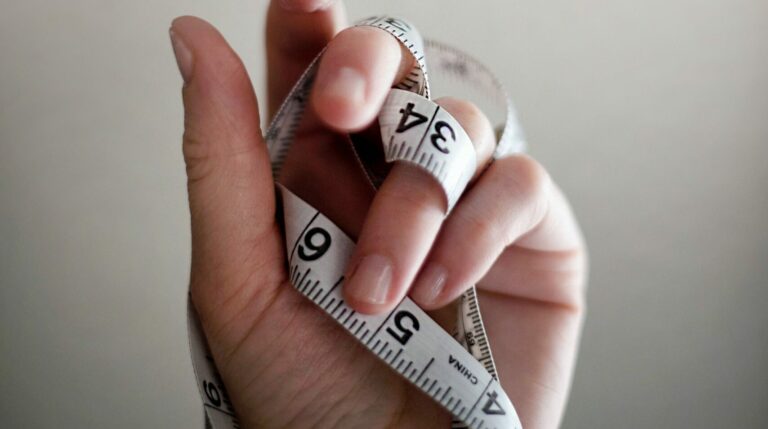Disability visibility matters
People living with disabilities need more representation – visibility of disability matters
People with disabilities make up the largest minority in the world. Around 10 per cent of the world’s population, or 650 million people, live with a disability. Despite this, they are rarely represented in the media. Even within social movements, such as body positivity, disabled people are often left out. This lack of disability visibility often translates to them being ignored, forgotten, and misunderstood in everyday life.
What can we do?
It’s clear that many able-bodied people need a lesson or two about what it’s like to live with a disability, and how we can challenge our own behaviour to be more inclusive. Thankfully Robyn Lambird, a young athlete with cerebral palsy, has given us some great insights into what everyone should know about people living with a disability in this great Teen Vogue article. In short, she makes three great points about the diversity of disabilities, need for representation, and importance of not pitying disabled people.
Ask questions
Even after reading her short article, you may have a ton of questions. That’s totally okay. Robyn believes that the best way to learn about people’s experiences of living with a disability is to ask them about it in a polite and respectful way. Challenge yourself to learn more about disabled people’s everyday lives and how you can become an ally by simply speaking to people with disabilities.
Other support
Read more
Last Reviewed 2 May 2023
Image Credit:







